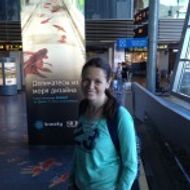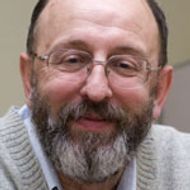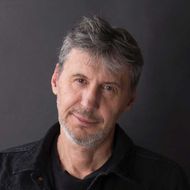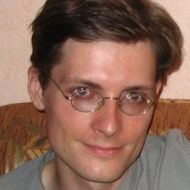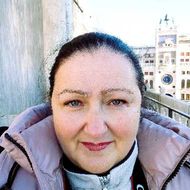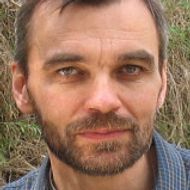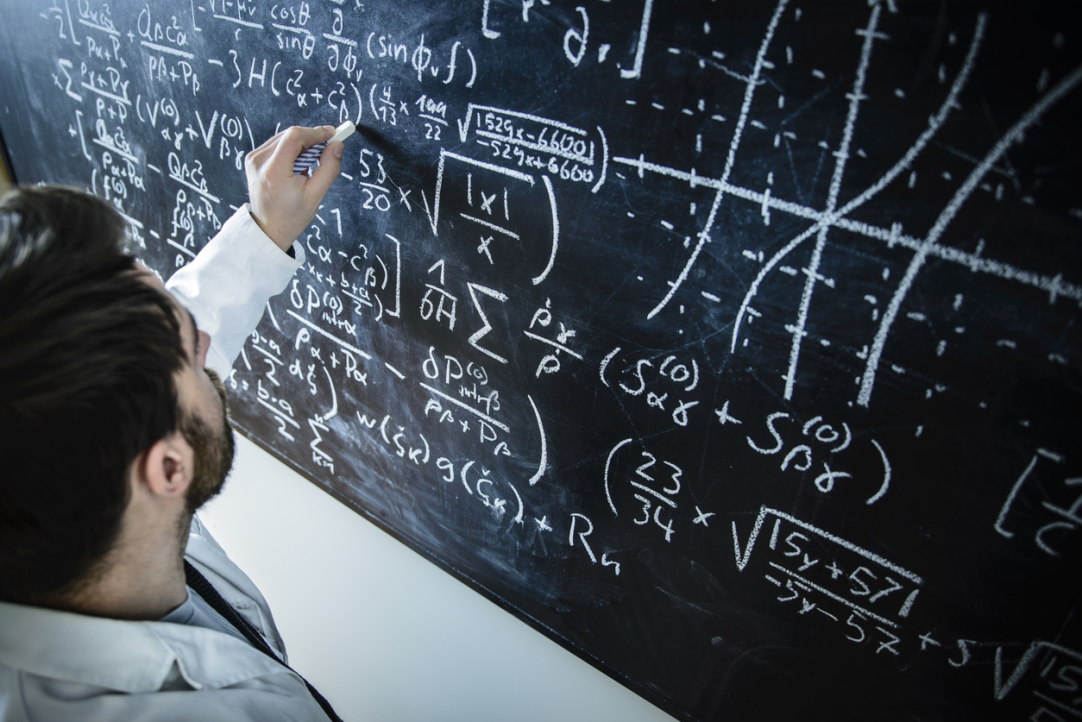
В старых версиях браузеров сайт может отображаться некорректно. Для оптимальной работы с сайтом рекомендуем воспользоваться современным браузером.
✖
- A
- A
- A
- ABC
- ABC
- ABC
- А
- А
- А
- А
- А
Regular version of the site
-
-
Departments
- International Laboratories
-
Educational Programmes
- Bachelor's Programmes
- Master's Programmes
- Doctoral Programmes
- Math in Moscow Programme
- REM and Summer University
-
Faculty
119048Moscow, Usacheva str., 6
phone/fax: +7 (495) 624-26-16
phone: +7 (495) 916-89-05
e-mail: math@hse.ru
Administration
Dean
–
Alexandra Skripchenko
Scientific Supervisor
–
Sergei Lando
Deputy Dean for Research
–
Vasily Gorbounov
Deputy Dean for Academic Progress
–
Alexander Kolesnikov
Deputy Dean
–
Svetlana Balaeva
Deputy Dean for Admissions
–
Pavel Nikolaevich Pyatov
Research & Expertise – News




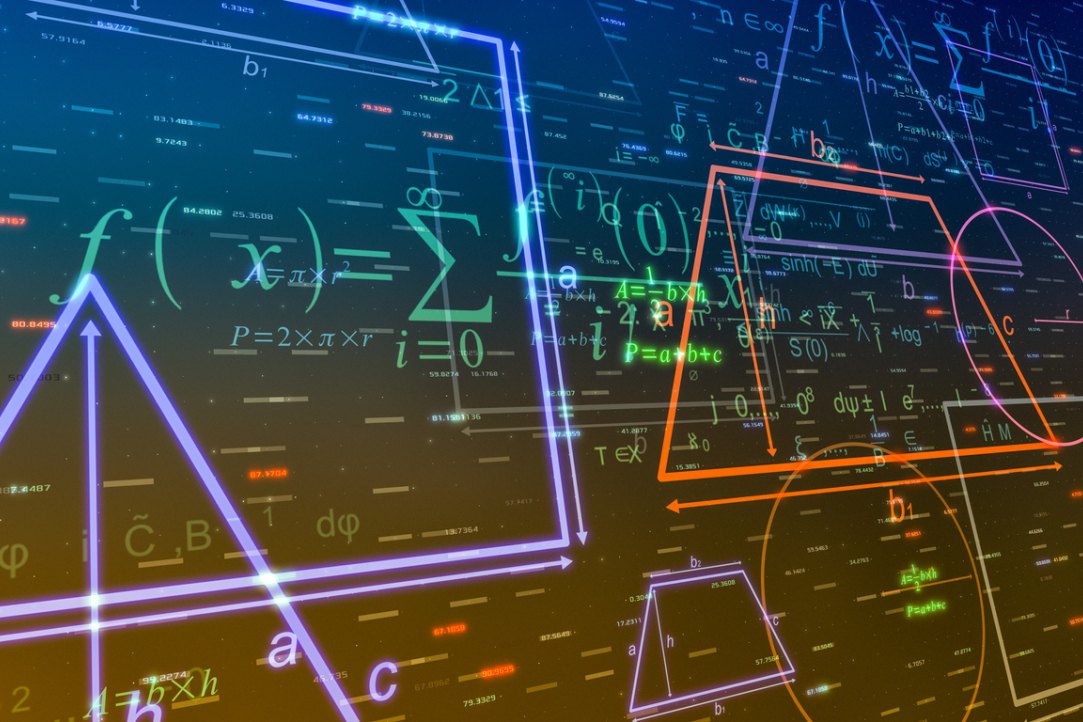
April 06, 2021


December 03, 2020

.jpg)
November 30, 2020

Fedor Bogomolov was invited to to become a member of the Academia Europaea for his outstanding achievements as a researcher.

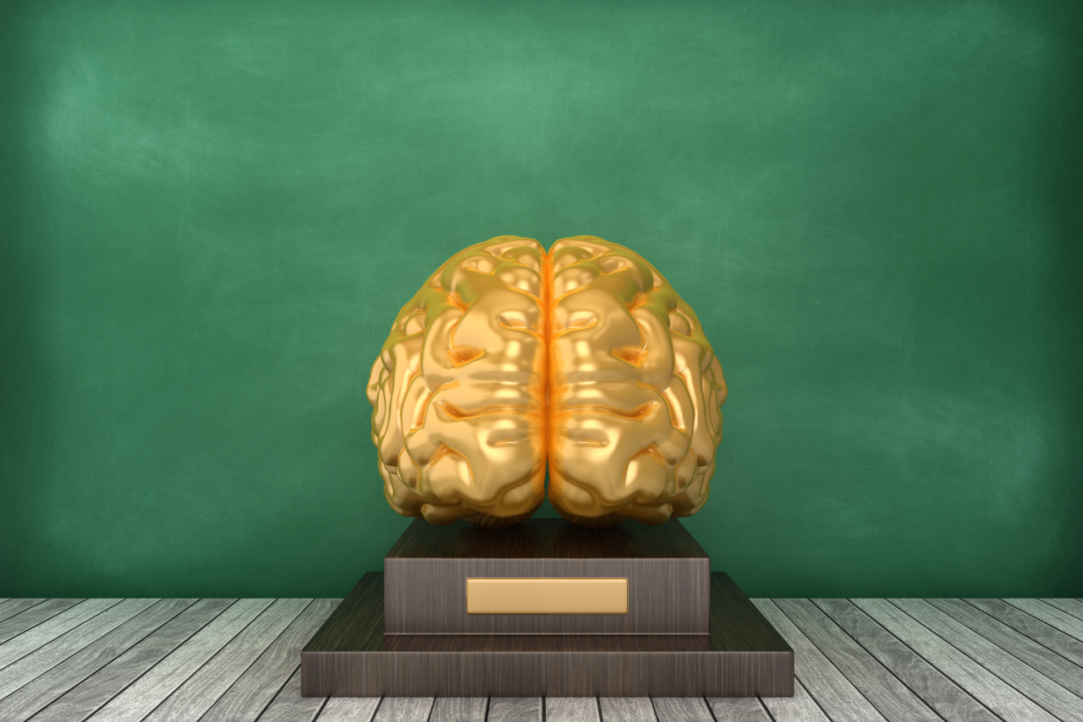
May 25, 2020

On April 7th 2020 graduate student of mathematical faculty and research-intern of the Laboratory of Algebraic Geometry Konstantin Loginov successfully defended his Thesis for a degree of Candidate of Science (Ph.D.)

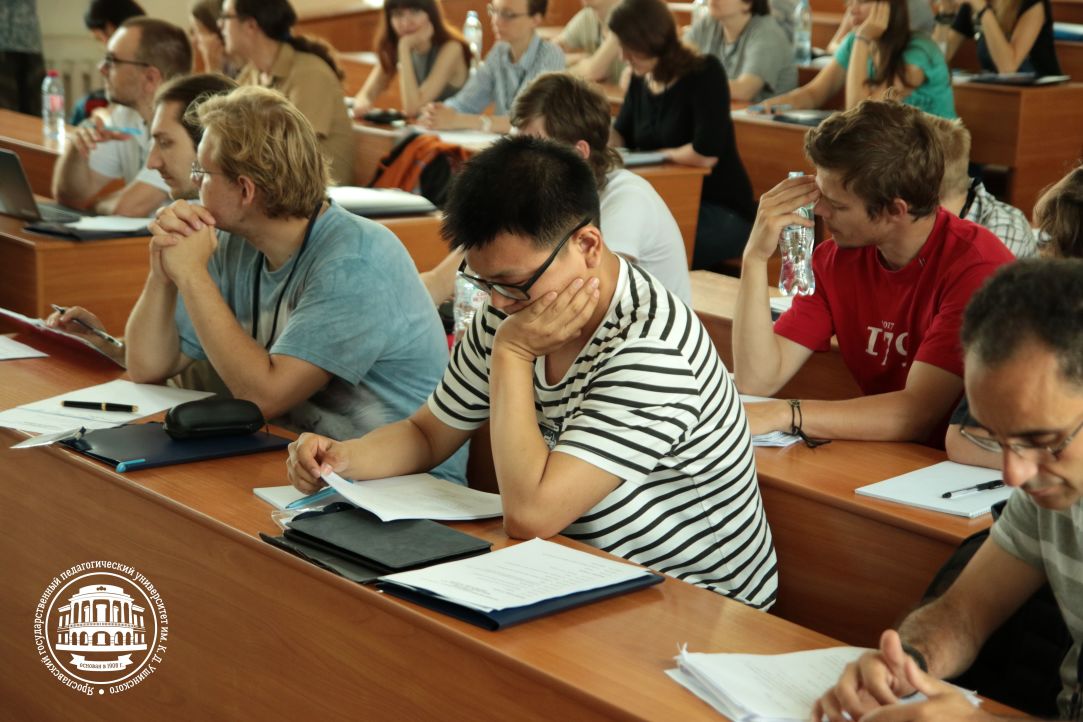

The recipients of the annual Web of Science Awards are the most influential scientists, scientific organizations and publications of the year. The Moscow Mathematical Journal has made it into the top quartile in the subject area of mathematics and was announced by jury members to be the most influential Russian scientific journal of 2017.
February 19, 2018
- About
- About
- Key Figures & Facts
- Sustainability at HSE University
- Faculties & Departments
- International Partnerships
- Faculty & Staff
- HSE Buildings
- HSE University for Persons with Disabilities
- Public Enquiries
- Studies
- Admissions
- Programme Catalogue
- Undergraduate
- Graduate
- Exchange Programmes
- Summer Schools
- Semester in Moscow
- Business Internship
- © HSE University 1993–2025 Contacts Copyright Privacy Policy Site Map
- Edit
